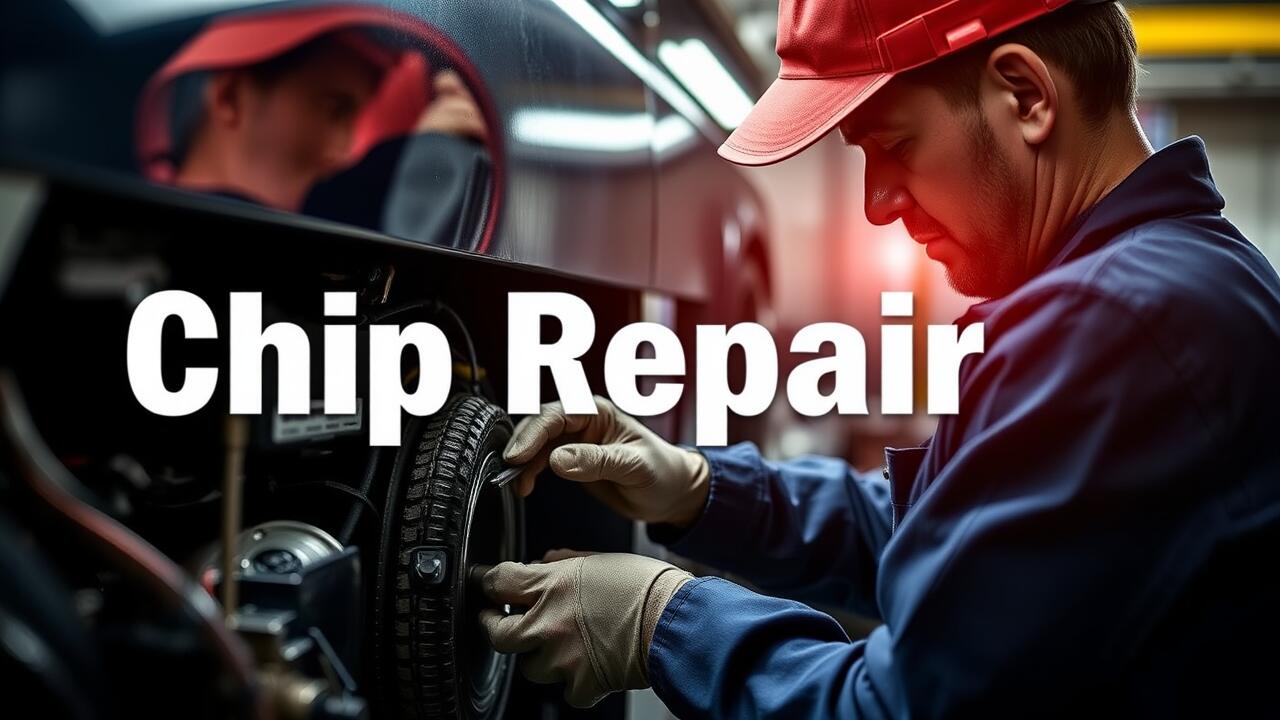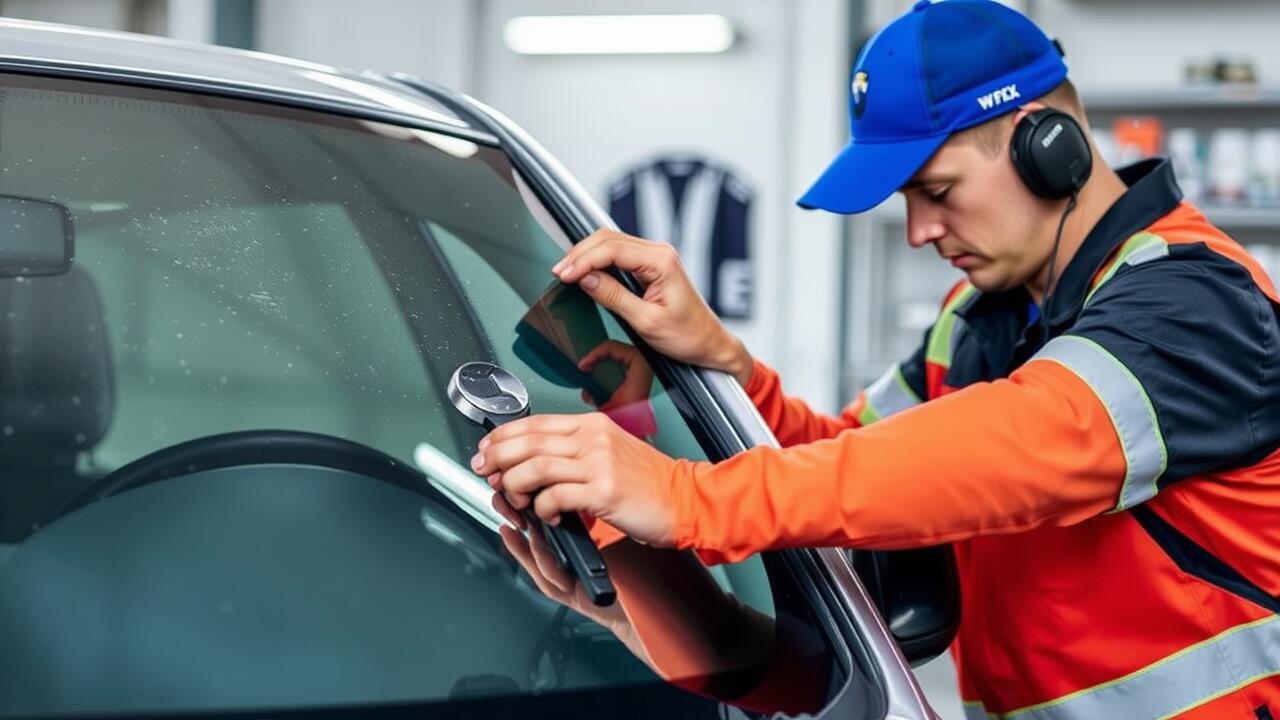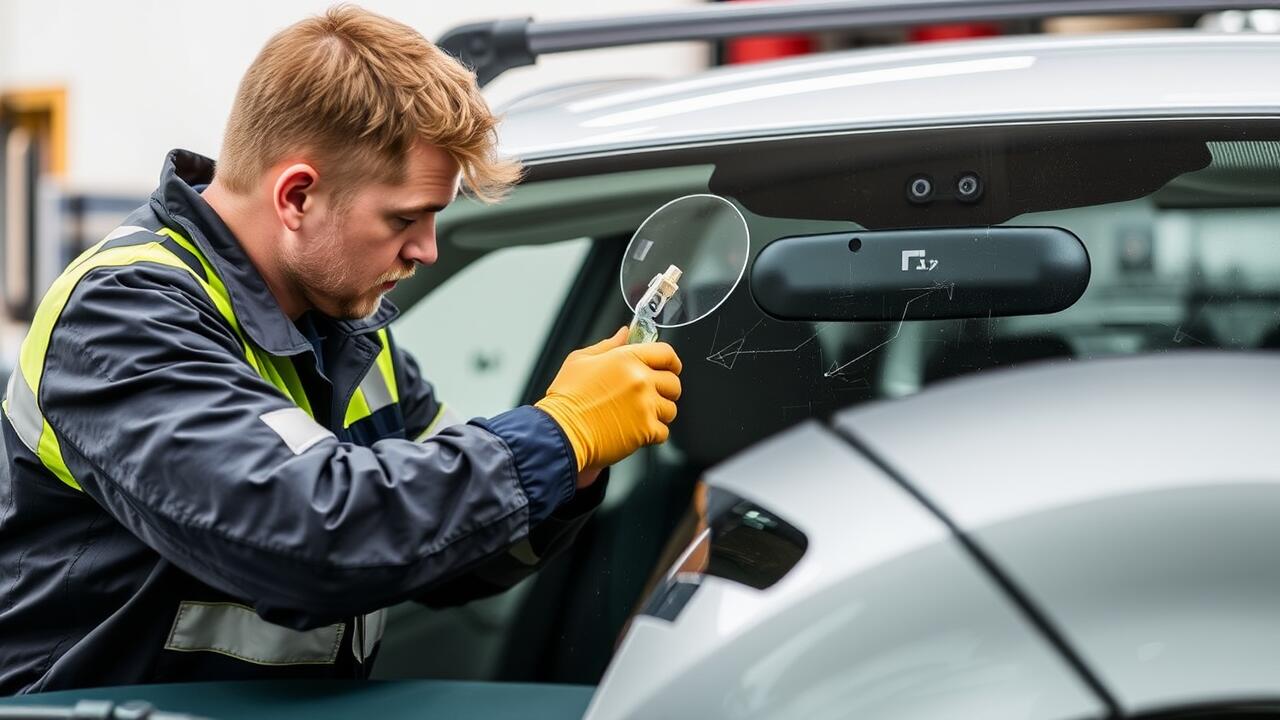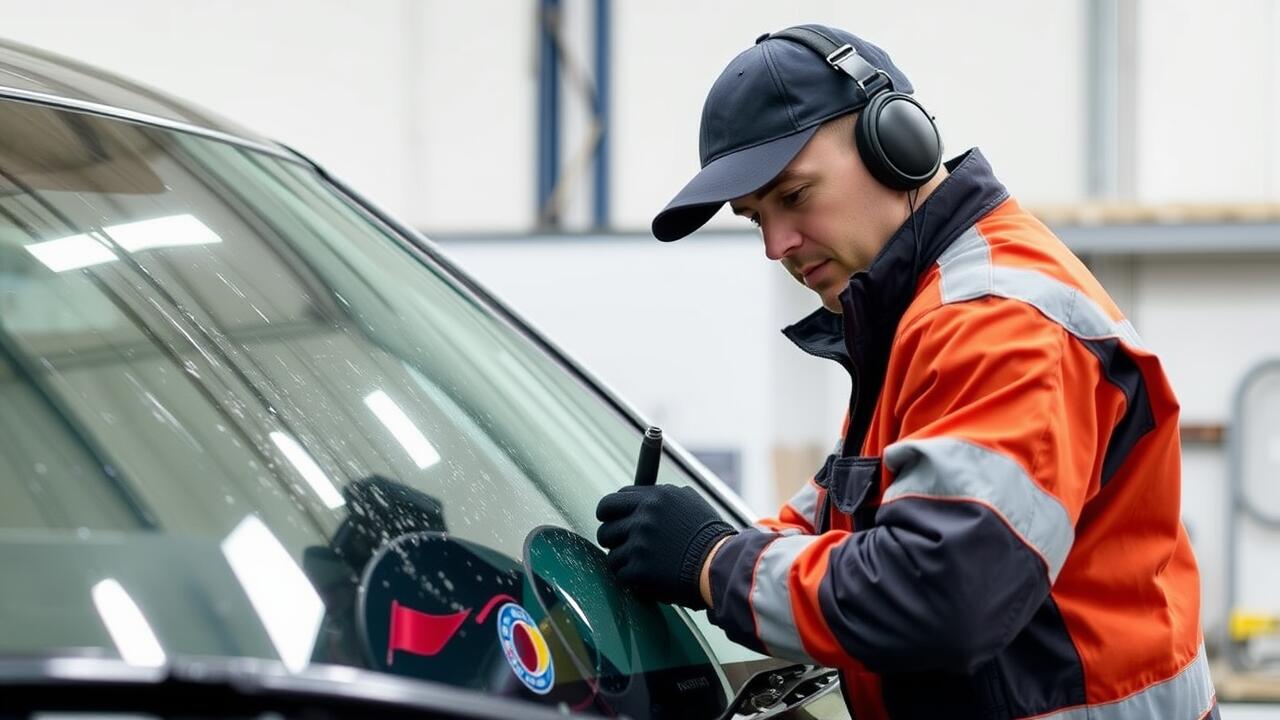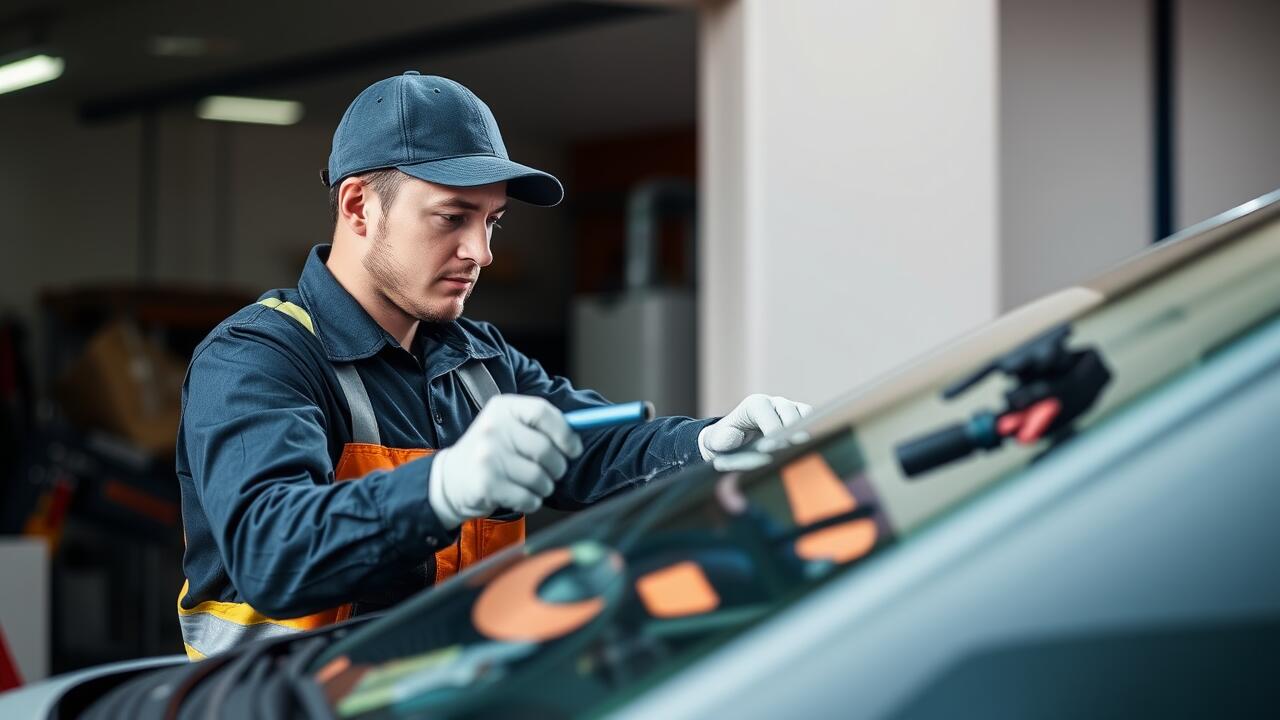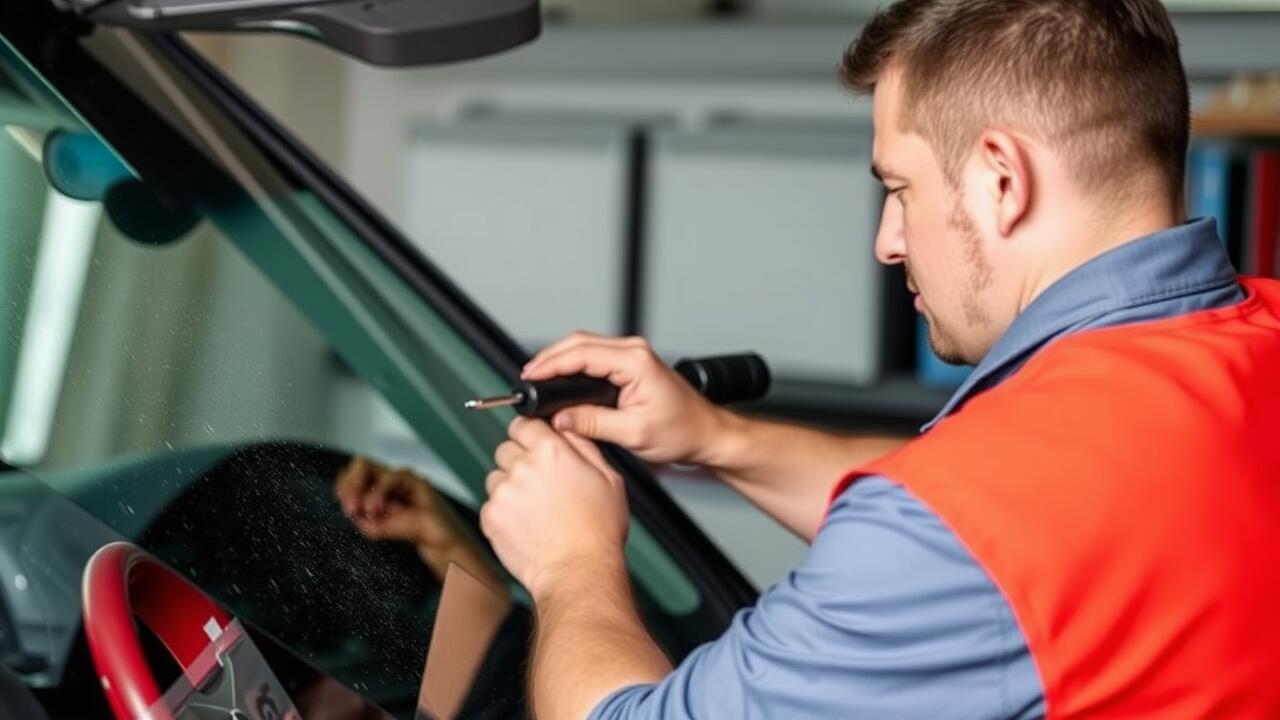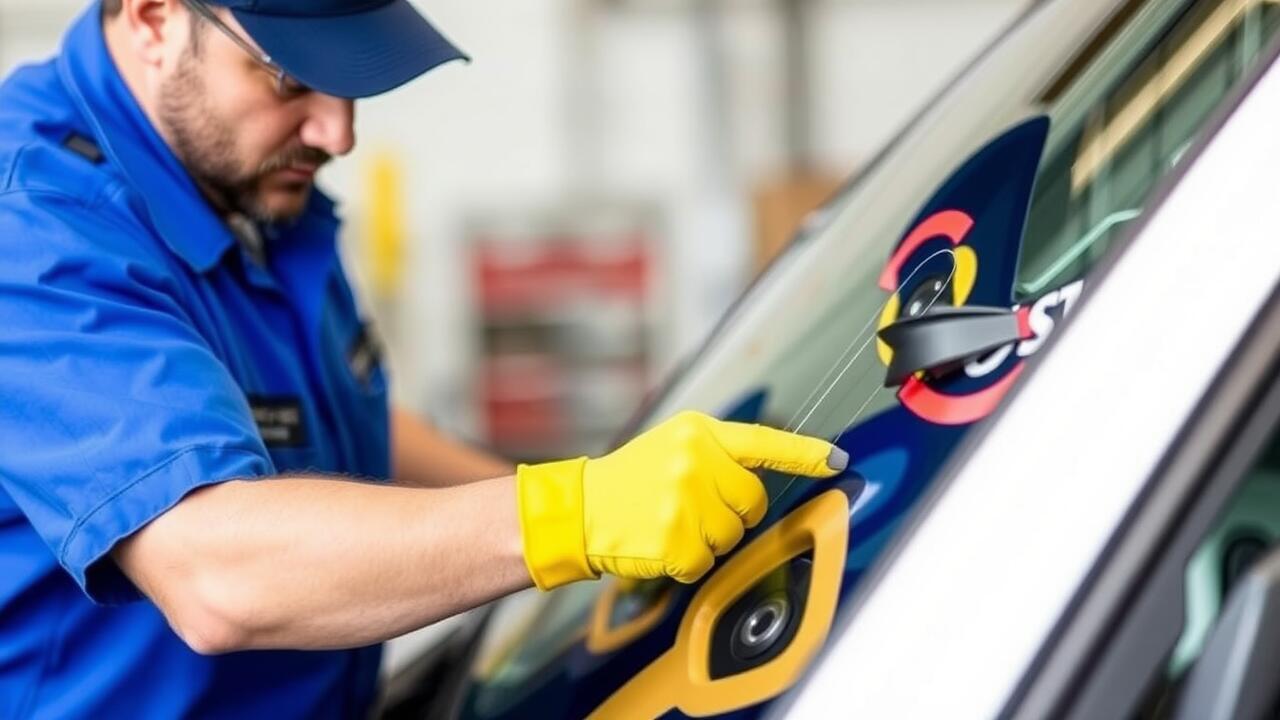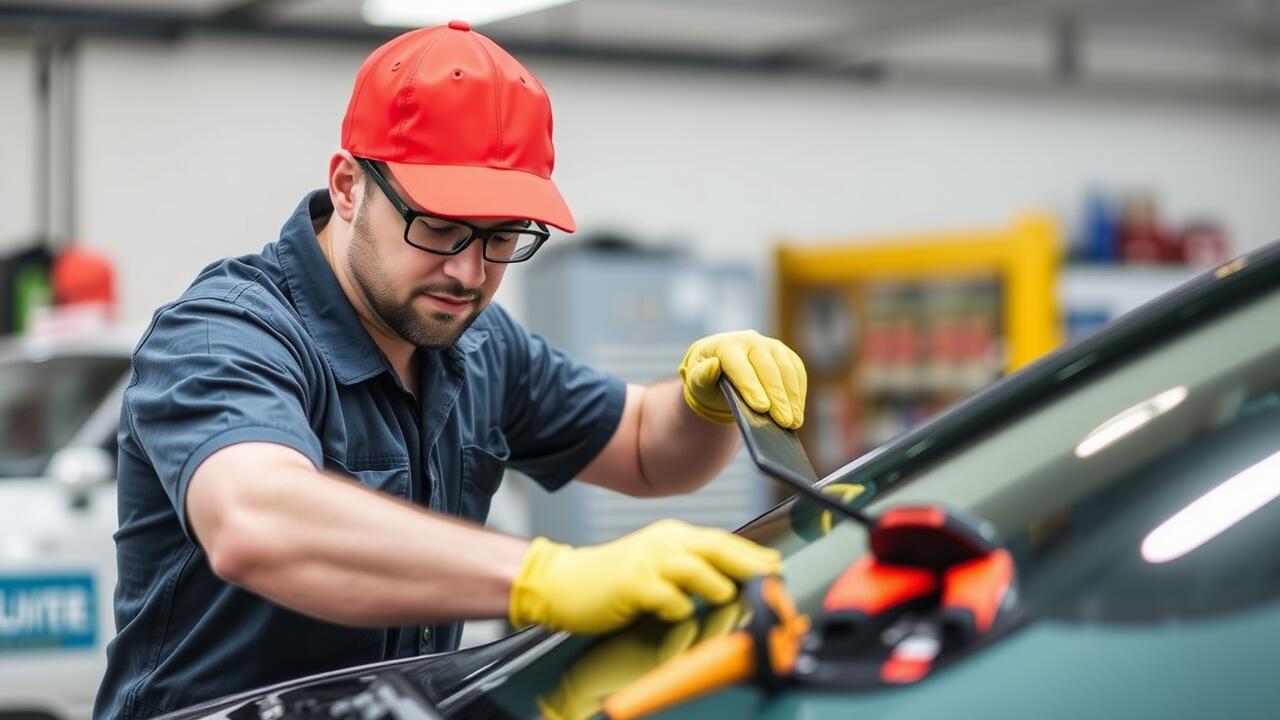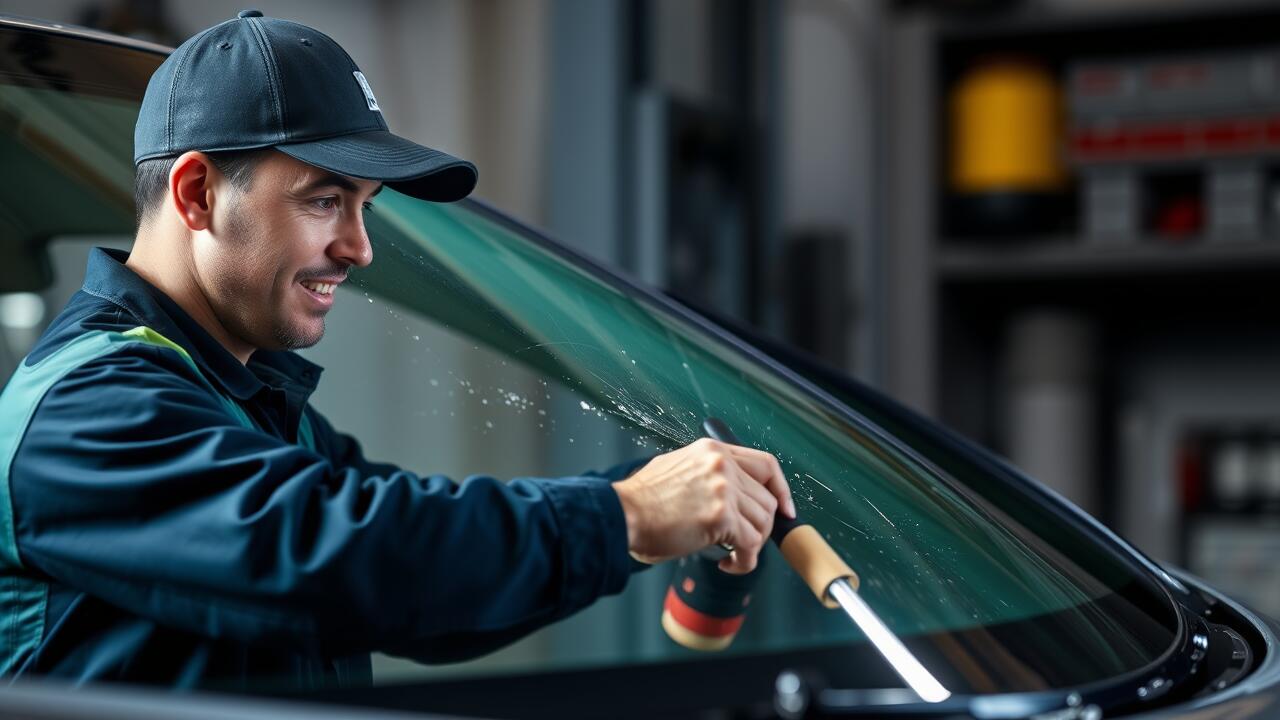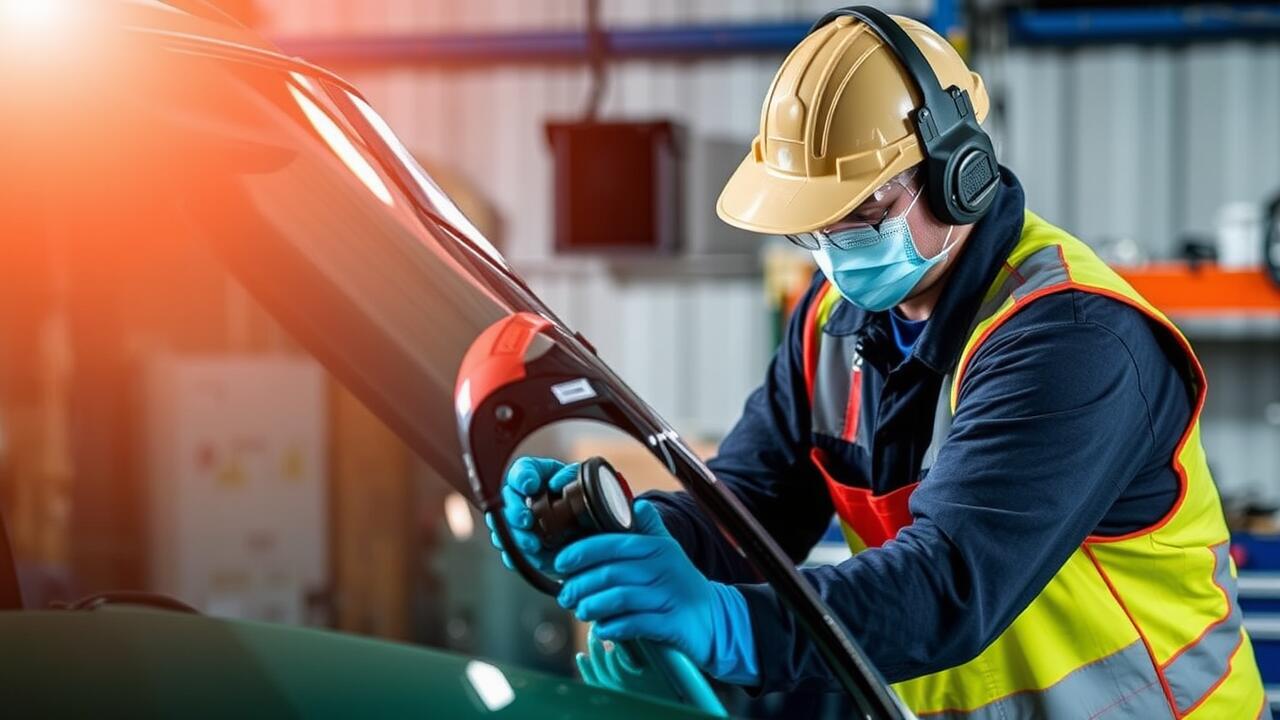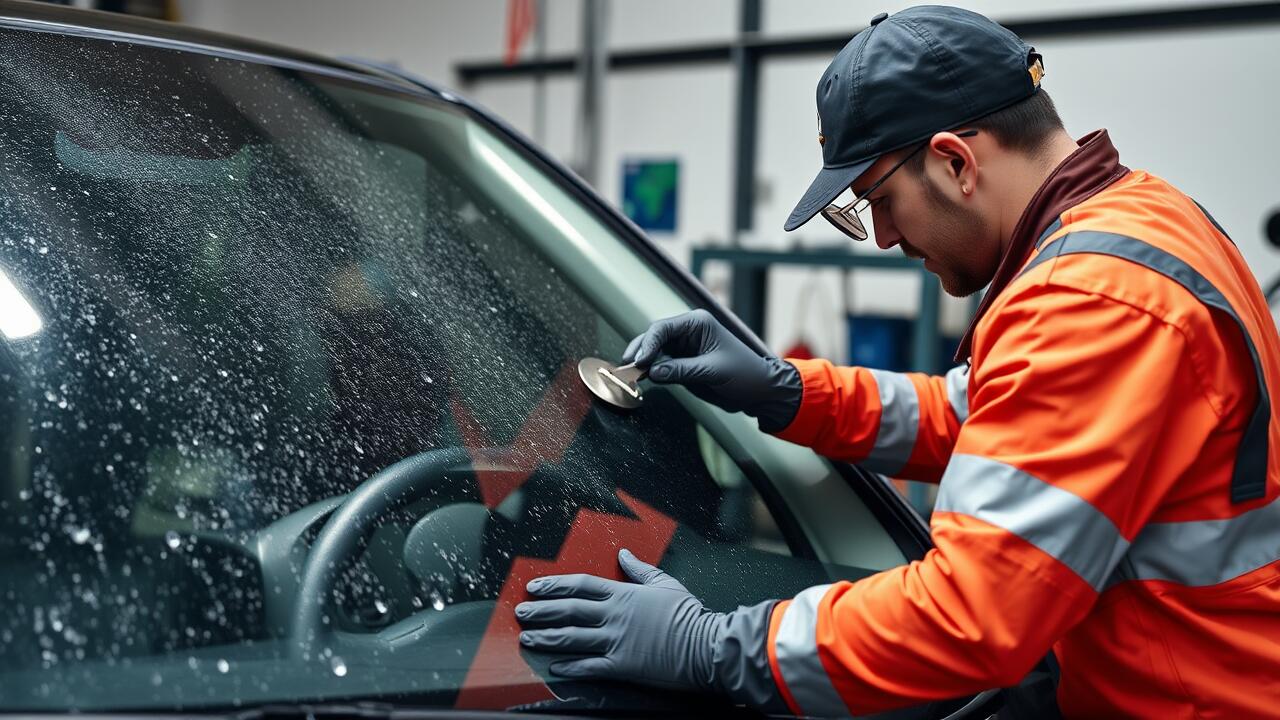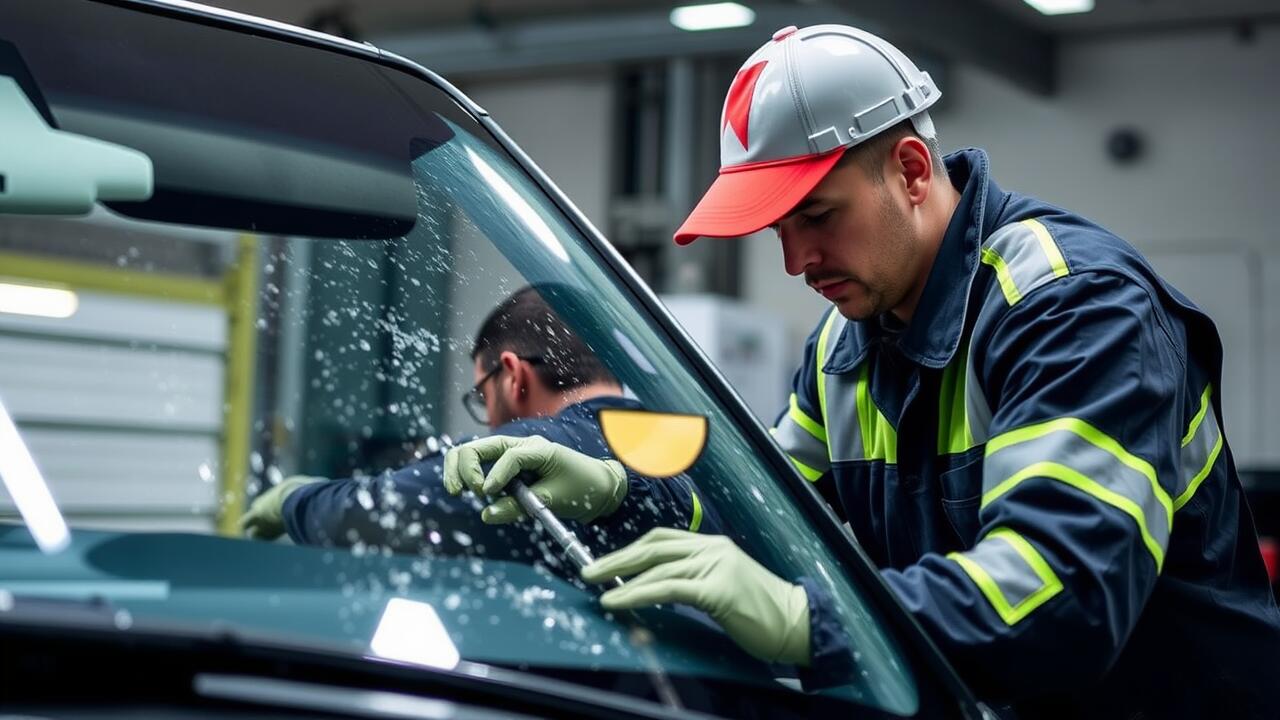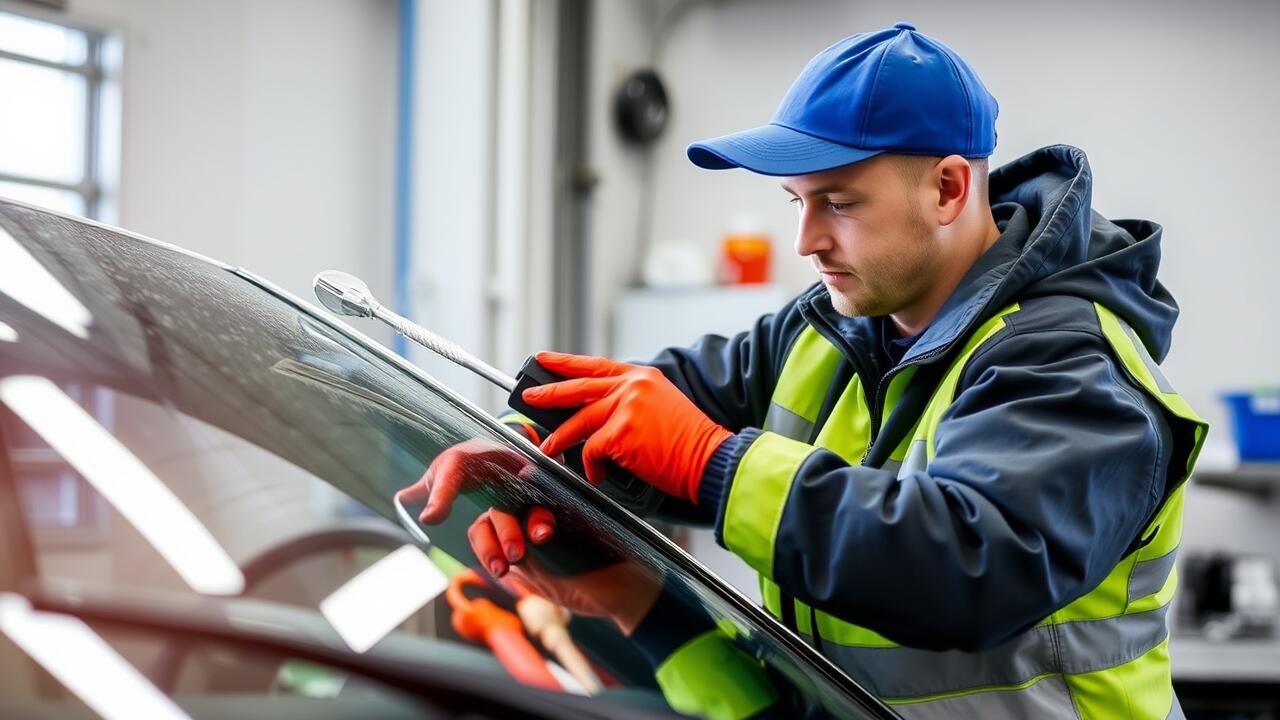
Table Of Contents
Seasonal Considerations for Windscreen Repairs
Seasonal variations significantly affect the conditions under which chip repair is carried out. Cold temperatures can slow down the curing process of the resin used in repairs, leading to potential weaknesses if the repair is completed too hastily. In contrast, hotter weather may cause the resin to cure too quickly, which can result in improper bonding and compromise the integrity of the repair. Understanding these seasonal impacts is crucial for anyone looking to ensure effective chip repair.
In addition to temperature, humidity levels also play a role in the success of windscreen chip repairs throughout different seasons. High humidity can interfere with the adhesive properties of the resin, impacting how well it adheres to the glass surface. Conversely, dry conditions may facilitate better bonding but could also lead to increased evaporation rates, hampering the repair process. Being aware of these factors can help technicians and car owners alike better prepare for chip repair, ensuring optimal results regardless of the season.
Adjusting Techniques Based on Seasonal Temperature
Temperature variations throughout the year can significantly influence the effectiveness of chip repair processes. In colder months, the resin used in chip repairs may take longer to cure, which necessitates adjustments in application techniques. Technicians often preheat the area around the chip to ensure the adhesive bonds effectively. This step can enhance the overall durability of the repair and minimize the risk of future damage.
During the warmer months, the risk of the resin curing too quickly can pose challenges. Technicians might modify their approach by working in shaded areas or using slower-curing resins that allow more time for proper application before the material sets. These seasonal adjustments not only improve the outcomes of chip repair but also contribute to the longevity of the repaired windscreen. Understanding and adapting to temperature changes is essential for achieving optimal results.
Temperature Monitoring During Repair
Monitoring temperature during the chip repair process is crucial for achieving optimal results. Temperature affects the resin's viscosity, which can impact how well it fills the damaged area. Ensuring the environment is within the recommended temperature range allows for better adhesion and curing of the repair material. Too cold or too hot conditions can lead to subpar results, affecting both the aesthetics and functionality of the repaired windscreen.
Utilizing appropriate tools to measure temperature helps technicians maintain the ideal conditions throughout the repair. Infrared thermometers or digital temperature gauges provide quick and accurate readings, allowing for adjustments as needed. Professionals often monitor temperature at multiple stages of the chip repair process to ensure that the resin cures correctly. This diligence can significantly enhance the longevity and integrity of the repair, ultimately leading to improved customer satisfaction.
Tools and Techniques for Accurate Temperature Measurement
Accurate temperature measurement is crucial in chip repair, as it directly influences the effectiveness of the resin curing process. Various tools are available to assess temperature accurately, with infrared thermometers being a popular choice among professionals. These devices allow technicians to quickly gauge surface temperatures without making physical contact, ensuring precise readings that guide repair techniques.
In addition to infrared thermometers, digital probes can also enhance accuracy during chip repair. These probes provide real-time feedback on temperature fluctuations, allowing technicians to adjust their methods accordingly. Implementing these tools helps maintain optimal conditions for the repair, resulting in stronger and more durable outcomes.
Professional vs. DIY Repairs
Choosing between professional and DIY repairs for windscreen chips often comes down to a few critical factors, with temperature being a key consideration. Many individuals attempt chip repair at home, leveraging kits available in stores. However, without a proper understanding of how temperature affects the material, the efficacy of these repairs may be compromised. A DIY approach may overlook the specific conditions required for optimal adhesion and curing of the resin used in chip repair.
Professional services typically have more experience and better tools for managing temperature during the repair process. They often employ advanced equipment that maintains the ideal environment for resin application, regardless of outside conditions. This expertise allows professional repair technicians to ensure that the chip repair is completed effectively, minimizing the risk of re-damage and prolonging the lifespan of the windscreen. DIY efforts may not achieve the same reliability, especially when seasonal temperature fluctuations come into play.
Temperature Management in Professional Settings
In professional environments, managing temperature is crucial for ensuring effective chip repair. Technicians often utilize specialized equipment to maintain optimal temperatures during the process. This can significantly enhance the bonding quality of the resin used in repairs. Maintaining the right temperature helps in achieving a strong and durable fix, reducing the likelihood of future damage.
Additionally, professionals are trained to consider environmental factors that may impact temperature during repair sessions. They often work in controlled environments where heating lamps or portable heaters are used to warm the area if conditions are too cold. This level of attention to temperature management fosters an environment where chip repair procedures can be executed with precision and reliability.
FAQS
Why is temperature important in windscreen chip repairs?
Temperature affects the curing process of repair materials and the expansion or contraction of glass, which can impact the effectiveness of the repair.
How do seasonal changes influence windscreen repair techniques?
Seasonal changes can affect ambient temperatures, which may require adjustments in repair techniques to ensure optimal adhesion and curing of materials.
What temperature range is ideal for performing windscreen chip repairs?
The ideal temperature range for most windscreen chip repairs is typically between 50°F and 85°F, as extreme temperatures can hinder the curing process.
How can I monitor the temperature during a windscreen repair?
You can monitor temperature using digital thermometers or infrared temperature guns, which provide accurate readings of both the ambient temperature and the surface temperature of the glass.
What are the risks of performing DIY windscreen repairs in extreme temperatures?
Performing DIY repairs in extreme temperatures can lead to poor adhesion, incomplete curing of repair materials, and the potential for further damage to the windscreen.
